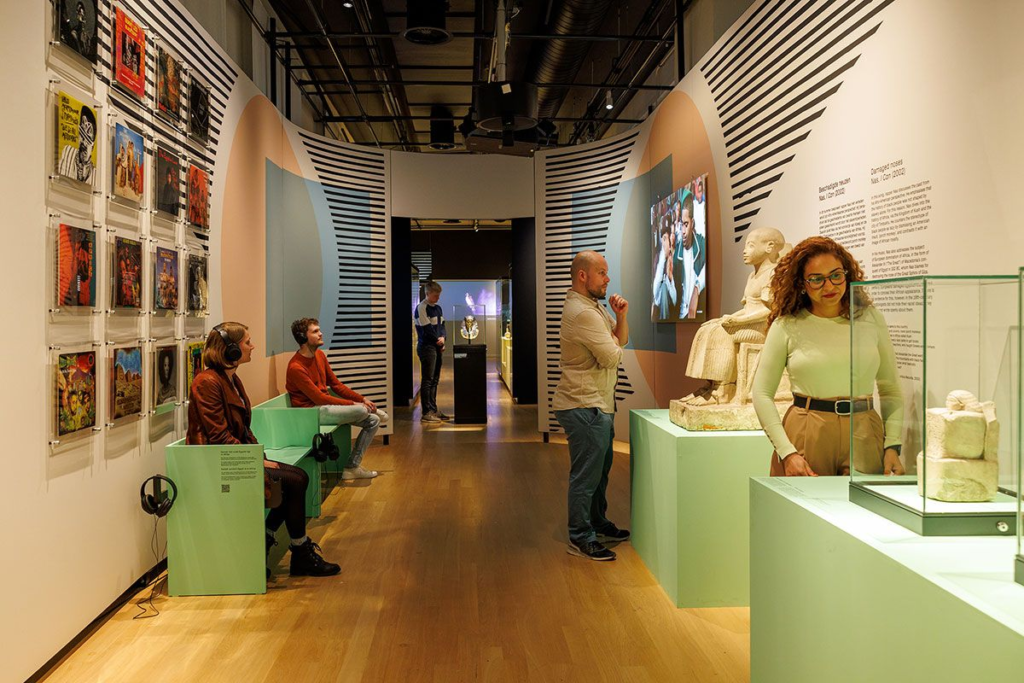The Leiden National Museum of Antiquities in the Netherlands faces a ban on future excavations in the necropolis Saqqara. Egyptian authorities took offense at the exhibition “Kemet: Egypt in Hip Hop, Jazz, Soul & Funk” for its depiction of ancient Egypt. Additionally, the head of Foreign Missions of the Egyptian Antiquities Service accused the museum of “falsifying history” due to the “Afrocentric” lens used in the exhibition’s storytelling. The news was confirmed by the museum’s managing director, Wim Weijland.
Saqqara, located 20 miles south of Cairo, houses Egypt’s oldest pyramid, the Pyramid of Djoser. The Leiden National Museum of Antiquities has been excavating the site for over 40 years. However, the museum has been denied a permit for the upcoming excavation season.
Weijland expressed the museum’s intention to engage in a dialogue with the Egyptian Antiquities Service regarding the ban. The “Kemet” exhibition aimed to explore the depiction of ancient Egypt and the messages in music by black artists. It also sought to present insights from scientific Egyptological research about ancient Egypt and Nubia.

Nubia, an ancient empire in northeast Africa, extended from Aswan, Egypt, to Khartoum, Sudan. The Kingdom of Kush, known for its “Black Pharaohs,” ruled Egypt in the 8th century BCE during the 25th Dynasty. The “Kemet” exhibition examined the influence of ancient Egypt and Nubia on African musicians. This includes jazz icons like Miles Davis and Sun Ra, as well as contemporary artists like Beyoncé and Rihanna.
However, the exhibition faced immediate criticism. Negative comments flooded the social media accounts of the Leiden National Museum of Antiquities, with some expressing distaste for the depiction of dark-skinned ancient Egyptians. In response, the museum took action by adding more information about its curatorial goals and issuing a warning that offensive or racist comments posted on its social channels would be deleted.
This ban on the Leiden National Museum of Antiquities highlights a larger issue of control over history and representation. The exhibition sought to reclaim and celebrate the African roots and contributions to ancient Egypt. Additionally, it showcases the interconnectedness of music, culture, and historical narratives. The controversy surrounding the exhibition emphasizes the need for a more inclusive representation of African culture. Furthermore, it emphasizes the need for an accurate understanding of Egyptian history. It also emphasizes acknowledging the diversity and influence of different cultures throughout time.
By engaging in dialogue and promoting a deeper understanding of ancient Egypt and Nubia, museums and institutions can foster a more comprehensive and inclusive perspective of history. Recognizing and celebrating the contributions of all cultures helps bridge gaps and dismantle misconceptions, ultimately leading to a more nuanced appreciation of our shared human heritage.


